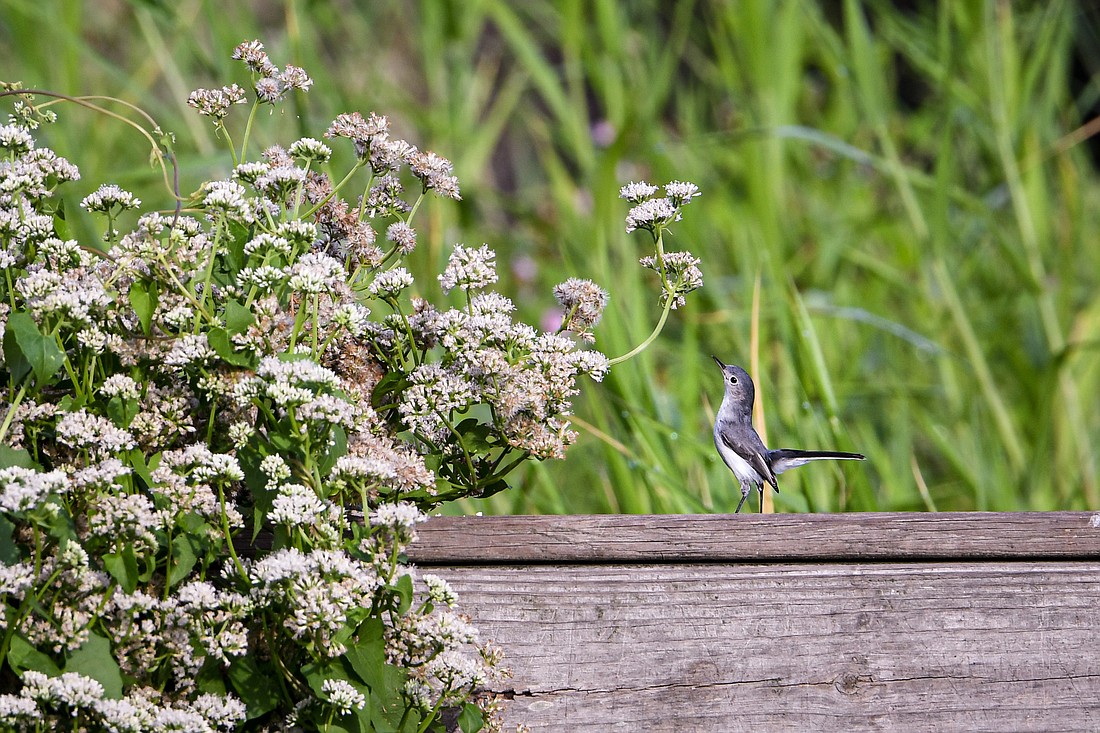- April 26, 2024
-
-
Loading

Loading

At four inches long, blue-gray gnatcatchers are tiny year-long residents of Florida, and the only gnatcatcher found here.
But given their proclivity for constant motion, many never set eyes on them. Odds of spotting this charming bird are higher in the winter, when our population is augmented by migratory gnatcatchers, heading south from the rest of their extensive range in North America. Look for them rapidly moving through woodland trees, flicking their long tails this way, then that, as they search for food. It is suggested that they do this to scare small insects and spiders out from their hiding places. For, despite their name, they do not limit themselves to gnats: Gnatcatchers forage on a wide range of small insects, as well as spiders.
Blue-gray gnatcatchers nest in trees, where couples jointly construct a compact, cup-shaped structure, out of grass, weeds, plant fibers and strips of bark. They line their nest with soft materials, such as plant down, animal hair and even feathers. Interestingly, they next go to great lengths to camouflage their construction: Using spider web silk as a binding material, they coat the outsides of their nest with lichen.
Lichens are a complex life form that is a symbiotic partnership of two separate organisms, a fungus and an alga. Importantly, as lichen grows on solid surfaces (such as rocks or the bark of trees), by using it as a coating, from a distance, gnatcatchers' nests look like nothing more than a knot in the tree. And if, despite the precautions, a threat to the young still appears, they will completely dismantle and reassemble their nest elsewhere. They can do this to seven times in a breeding season.
Save our Seabirds is a non-profit organization whose mission is to rescue and rehabilitate sick and injured birds, releasing as many as they can, while educating our community about avoiding injuries and preserving habitats.